Revolutionary Nationalism 2.0
Revolutionary Nationalism 2.0
Revolutionary Nationalism 2.0 in India marks a pivotal shift towards radical methods of freedom struggle , optimized by icons like Ashfaqulla Khan, Roshan Singh Ramprasad Bismil, & Bhagat Singh. This era, infused with the spirit of sacrifice and direct action, drew form global revolutionary ideologies to challenge British Colonialism. The non-cooperation movement failed to achieve its objective that irked the young nationalists. Dissatisfaction with Gandhiji’s direction and his method of non-violent struggle after the suspension of the Non-Cooperation Movement gave fillip to the revolutionary terrorist movements.
Revolutionary Nationalism 2.0 in India marks a pivotal shift towards radical methods of freedom struggle, epitomized by icons like Bhagat Singh. This era, infused with the spirit of sacrifice and direct action, drew from global revolutionary ideologies to challenge British colonialism. Emphasizing armed resistance, assassinations, and acts of defiance, it showcased a daring commitment to achieving independence and reshaping Indian society.
Factors that led to the emergence of Revolutionary nationalism:
Frustration among the young nationalists caused by the failure of the political struggle during the early years of the 20th century resulted in revolutionary terrorism. The revolutionary terrorists believed that through passive resistance, nationalist aims could not be achieved, so they took the cult of a bomb.
As a result, two broad groups of revolutionary terrorism developed after the 1920s; one was in Punjab, Bihar, and the northern and central provinces, and the other was in Bengal.
Internal Factors:
Various internal factors led to the emergence of military nationalism as follows:
- The emergence of new social and ideological forces:
The growth of socialist ideas and groups influenced people from all over India. People’s confidence was boosted by the rise of a militant trade union movement.
- Exploitation: Government repression left no peaceful avenues open for the protest to the common masses.
- Absence of a political movement or leadership:
- The sudden suspension of the non-cooperation movement in early 1922 after the Chauri-Chaura incident led to disappointment and discontent among the young participants.
- Contemporary Leaders failed to tap the revolutionary energies of the youth.
- Many were disenchanted with Gandhi’s leadership and began questioning the basic strategy of non-violent struggle.
- During WWI, most extremist leaders like B.G.Tilak were jailed, but later, in desire of a harmonious atmosphere for Montagu-Chelmsford(1919) Reforms government released most of them under a general amnesty.
External Factors:
- Russia’s defeat at the hands of Japan inspired the Indians. This gave young Indians confidence in their fight against the British.
- The Russian nihilists also motivated the Indian revolutionaries.
- The Irish Republican Army’s violent uprising against England also stimulated the situation.
Revolutionary activities in North Indian
1. Hindustan Republican Association (HRA)
- Sachin Sanyal, Jogesh Chatterjee and Ramprasad Bismil founded HRA at Kanpur in October 1924.
- HRA aimed to organize an armed revolution and establish a “federal republic of the United States of India” with a government elected based on adult Franchise.
- The most crucial action of HRA was the Kakori Robbery in 1925. They did it to sustain their resources.
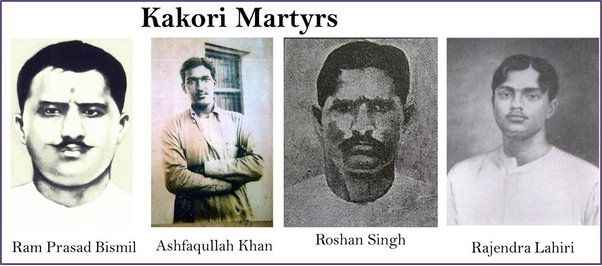
- The government’s reaction to it was very harsh. Ashfaqulla Khan, Roshan Singh Ramprasad Bismil and Rajendra Lahiri were hanged,and four others were sent to the cellular jail (Andaman) for life imprisonment.
2. Hindustan Socialist Republican Association(HSRA)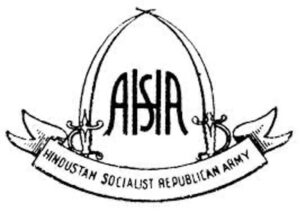
- The Hindustan Republican Association, formerly known as the Hindustan Republican Army and the Hindustan Republican Association, aimed to overthrow British Rule by insurrection and armed revolution.
- The Naujawan Sabha was deliberated as a stepping stone for those young people who later wanted to join the Hindustan Republican Association.
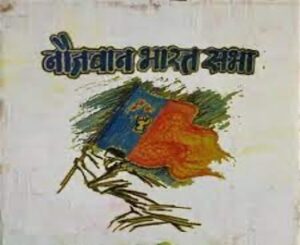
Activities of HSRA
- Lahore conspiracy case, December 1928
- It is known as the Saunders murder However, Saunders was amiss as the genuine objective was James Scott, who was answerable for the lathi charge that killed Lala Lajpat Rai during the anti-Simon Commission demonstration at Lahore on October 30 1928.
- The main culprits in this case were Bhagat Singh, Raj Guru, and Sukh Dev.
- Bhagat Singh immediately fled from Lahore. Later, he was trailed in this Lahore Conspiracy Case when he was arrested after throwing a bomb in the Delhi Assembly.
- Jatin Das was also imprisoned for a supplementary case in the Lahore Conspiracy Case.
- Bomb in the Central Legislative Assembly Delhi, April 1929
- Bhagat Singh and K. Dutt decided to protest against the Trade Disputes Bill and passage of the Public Safety Bill, so they threw bombs in the Assembly on April 8 1929.
- The bombs were relatively harmless as their aim was not to kill anyone. They just wanted “to make the deaf hear”.
- Bhagat Singh and Dutt did not attempt to escape as they intended to use the trial court as a platform to spread HSRA’s idea among the masses.
- When Bhagat Singh and B.K. Dutt was tried in the Assembly Bomb Case. The police merged the case with the Saunders assassination, and the trial of the Lahore Conspiracy case was also started parallel.
- Their flagrant and courageous conduct in the court won them the people’s admiration. Even the believers in ahimsa started admiring their nationalism.
- Shouting the slogan of “Inquilab Zindabad”, “Down, Down with Imperialism”, they used to enter the courtroom daily. Soon, he became a national hero.
| Bhagat Singh |
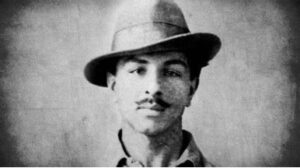 Bhagat Singh’s ancestors had a distinguished military record in the army of Maharaja Ranjit Singh.He was born in 1907 and was deeply influenced by gadar heroes. Bhagat Singh’s ancestors had a distinguished military record in the army of Maharaja Ranjit Singh.He was born in 1907 and was deeply influenced by gadar heroes.
o According to him, socialism means the abolition of capitalism and class dominance.
o On April 8,1929-hurled bombs in the central Legislative assembly along with Batukeshwar Dutt.
|
3. Activities in the jail
The revolutionaries on trial undertook a protest against the outrageous conditions of the jail. They demanded that they should be treated as political prisoners.
- On the 64th day of his fast, Jatin Das died on September 13, 1929.
- This incident shook the entire nation. First, thousands of people came to pay him homage at every station between Lahore and Calcutta. Then, around 7 lakh people, with a two-mile-long procession, carried his coffin to the cremation ground.

- The Tribune of Lahore quoted;
“If ever a man died a hero and martyr to a noble cause, that man is Jatindra Nath Das, and the blood of martyrs has in all ages and countries been the seed of higher and nobler life, better social and political order”.
- Bhagat Singh, Raj Guru and Sukhdev were hung on March 23 1931, as capital punishment for the Saunders murder
In February, Chandra Sekhar Azad was martyred in a weapon fight with the police in a recreation centre in Allahabad. We can consider his death the last nail in the coffin of Punjab’s nationalist struggle.
Revolutionary activities in Bengal
- After the death of CR Das, Congress was divided in Bengal into SC Bose & JM Sengupta. Societies like Yugantar joined forces with BoseWing & Anushilan Samiti with Sengupta.
Symbol of Anushilan Samiti
(public domain)
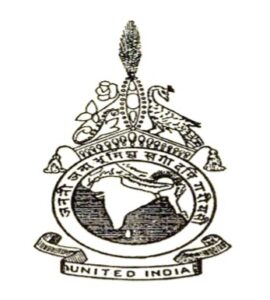
Symbol of Yugantar
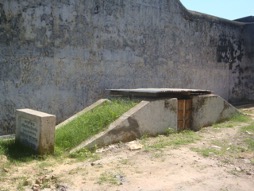
https://en.wikipedia.org/wiki/Surya_Sen#/media/File:Anushilan_samiti_symbol.jpg
- By 1924, they understood the utter inadequacy of individual heroic action & took the strategy of national liberation war through an armed seizure of power by mass uprisings.
- On March 1 1924, Gopinath Saha made an unsuccessful assassination attempt on the Commissioner of Calcutta & was hanged. This started large-scale repression & put a large number of revolutionaries in jails, including SC Bose.
1. Chittagong Armoury Raid (1930)
The Chittagong uprising, aka The Chittagong Armoury Raid, was a significant attempt to raid the police armoury from Chittagong on April 18, 1930. It was led by Surya Sen.
Master Surya Sen(public domain)
https://en.wikipedia.org/wiki/Surya_Sen#/media/File:Surya_Sen_before_1934.jpg
- Surya Sen was also an active participant in NCM. Later, he became a national school teacher in Chittagong, so later, he became famous as “Master da“.
- As a brilliant organiser, he inspired and attracted many youths. In 1929, he became the Chittagong District Congress Committee secretary.
- Soon, he gathered a group of youth revolutionaries and planned to organise an armed rebellion on a small scale to demonstrate that British Rule could be challenged. To equip adequately, they planned to raid several districts. The first such raid was in Chittagong.
- The whole plan was Carefully prepared. They cut telephone & telegraph lines and also damaged railway linesconnecting Chittagong with Calcutta. The raid was in the name of the Indian Republican Army, Chittagong Branch.
- After capturing the Police Armoury, they gathered outside the police station, pulled down the Union Jack & raised the Indian flag. Surya Sen was declared President of the Provisional Revolutionary Government.
- Surya Sen was captured after three years because of local support in 1933. He was tried & hanged.

The gallows where Masterda was hanged(Chittagong Central Jail)
https://en.wikipedia.org/wiki/Surya_Sen#/media/File:HangplatformLeft.jpg
Famous conspiracy cases
1. Peshawar conspiracy case (1922-23)
- Many Muslim muhajirs went to Moscow to receive military training.
- On their return, they were caught and tried at Peshawar.
2. Kanpur Bolshevik conspiracy case (1924)
- British government started the case against prominent communists like N.Roy, Singaravelu Chettiar, Ghulam Hussain,
- Muzaffar ahmed, S.A.Dange, Shaukat Usmani and Nalini Gupta.
- The government alleged that the objective of communists was “to deprive the King Emperor of his sovereignty of British India, by complete separation of India from imperialistic Britain by a violent revolution”.
- Singaravelu Chettiar was discharged due to his illness.
- Ghulam Hussain was pardoned as he confessed that he had held money from the Russians in Kabul.
- Shaukat Usmani, Muzaffar Ahmed, and A.Dange were sentenced to 4 years of confinement.
- This case actively introduced the idea of communism to the Indian masses.
3. Kakori conspiracy case (1925)
- On August 9, 1925, 10 revolutionaries held up the 8-down train from Saharanpur to Lucknow at Kakori and looted its official railway cash.
- Ashfaq Ullah Khan and Ramprasad Bismil were hanged.
4. Meerut conspiracy case (1929)
- In March 1929, several trade unionists, including 3 Englishmen, were arrested for organising an Indian railway strike.
- The trial immediately caught attention in England, where it inspired the 1932 play “Meerut” by a Manchesterstreet theatre group, the Red Megaphones, highlighting the detrimental effects of colonisation and industrialisation.
The Decline of Revolutionary Activities
- The most crucial reason for the decline of Revolutionary Activities was nationalist leaders like Gandhiji opposed the method of violence & terrorismdespite their mass support.
- With the shooting encounter of Chandrasekhar Azad on February 27 1931, at Allahabad’s Alfred Park, the revolutionary movement virtually ended in Punjab, U.P. and Bihar.
- Master da Surya Sen’s death (January 12 1934) also marked an end to revolutionary activities in Bengal.
- Many revolutionaries like D. Savarkar were also put in cellular jail.
- Contemporary Prominent leaders like C.Bose started tilting towards communism.
Conclusion
The most prominent features in the second phase of militant nationalism were large-scale women participation (like Kalpana Datta & Pritilata Waddedar in Master da’s group) and the secular nature of the movement. This movement culminated with the infusion of a new ideology of socialism in India.

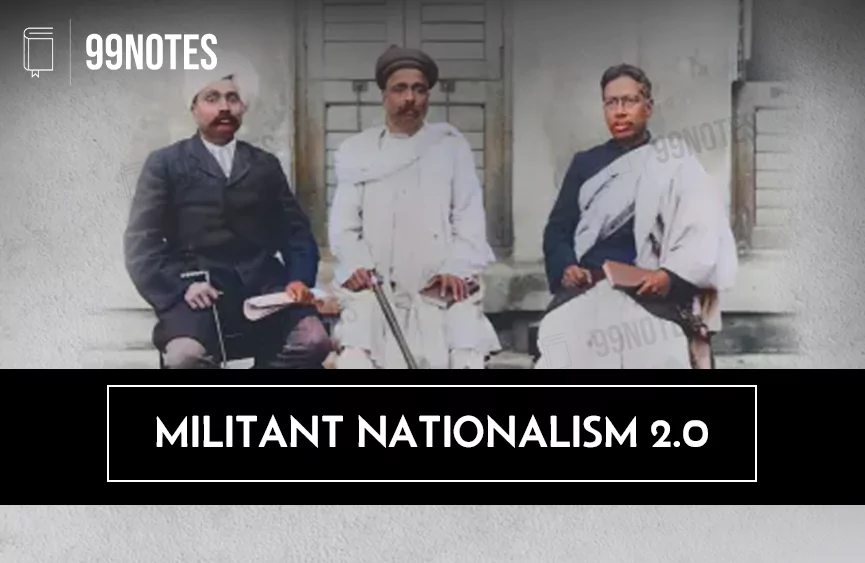



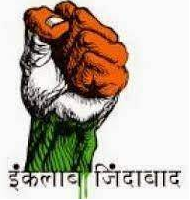
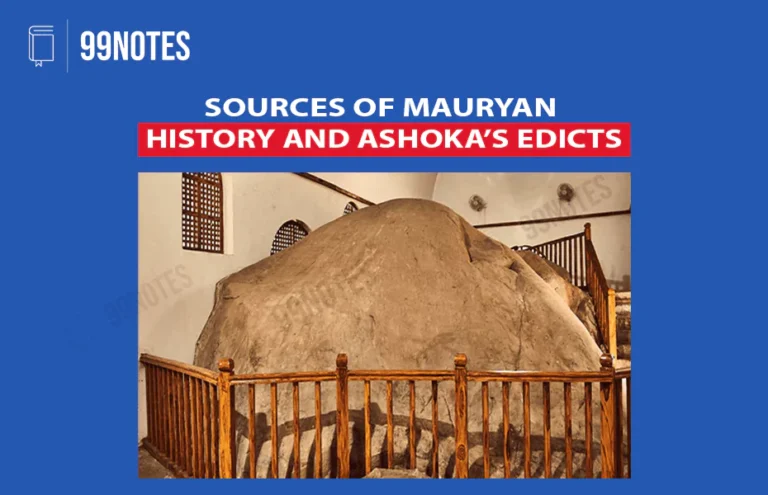
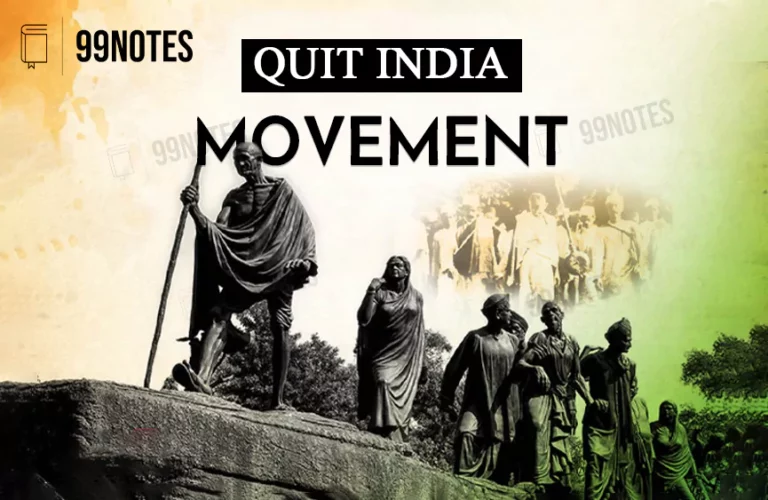

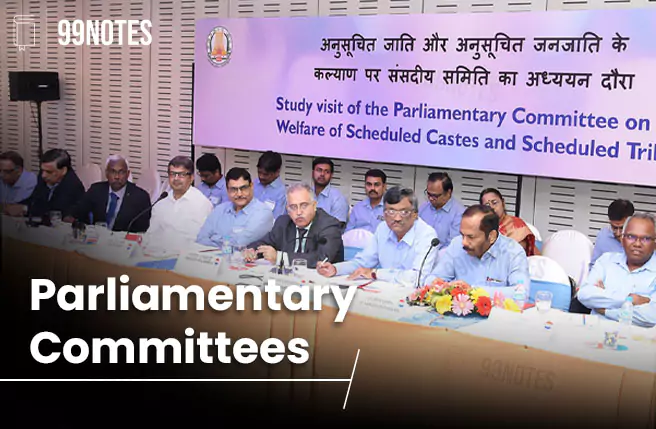
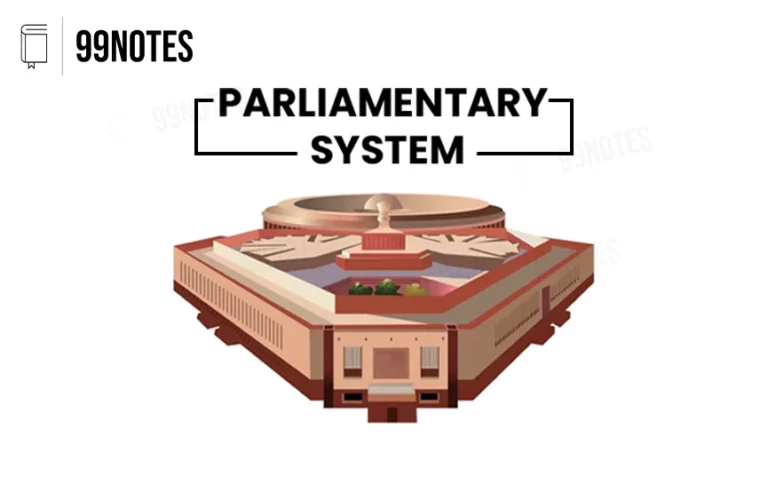
![Fundamental Rights Of Indian Constitution: Article12-35 [Indian Polity Notes For Upsc Exams] | Updated July 26, 2024 Fundamental Rights Of Indian Constitution: Article12-35 [Indian Polity Notes For Upsc Exams]](https://99notes.in/wp-content/uploads/2023/09/fundamental-rights-banner-99notes-651fdb2e2cee1.webp)